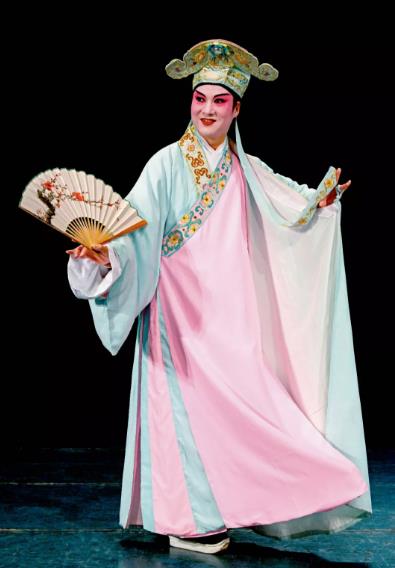What is the feature of the melodic forms in Sichuan Opera?
2 min readSichuan Opera is the major form of local opera in Southwestern China,popular in Sichuan,Yunnan and Guizhou provinces.It appeared around the middle of the Qing Dynasty,and it has adapted four ma jor melodic forms.One is kunshan Tune,which originated in the southern Yangtze Basin and was later imported to Sichuan.It sounds gentle,clear,and fluent.
The second is huqing Voice,a voiced form that derives mainly from the xipi and erhuang melodic families of Huiju Opera in Hubei Province.

The third is tanxi,one of the oldest forms of opera in China.Duringthe Ming Dynasty,it appeared in Shaanxi,Hunan and other areas.As it was introduced into Sichuan,local people called it Chuanbangzi Opera. Chuan means Sichuan;bangzi indicates wooden clapper with bars of unequal length,which isused as an accompaniment to produce a strong rhythm in harmony with the clear,loud voices of the Chuanbangzi Opera.
The last one is gaoqiang,a high-pitched singing style.It is the most highly known style among the multi-tunes of Sichuan Opera.Its solo vocal range extends beyond the eight-bar music scale,and its melodic ornamentation sounds bothelegant and energetic.Its high-pitched tune usually has no stringed accompaniment.
Its solo vocalization moves quickly up or down the scale and skillfully gives a throbbing effect and embellishments to the tones.Sparse rhythmical emphasis from the wooden clappers usually accompanies the high-pitched melody,and choral effects from the band either repeats or elaborates on what the solo melody sings.

What is the face-changing performance in Sichuan Opera?
In Sichuan Opera,some characters suddenly show their magical power by quick changes of facial patterns without makeup,jumping through burning hoops and hiding swords.Among these magic tricks,the face-changing is the most popular.An actor playing a bandit may change his faces nine times,each time to escape pursuers,and an evil sorcerer changes his face with his moods.
The face-changing is bianlian in Chinese,and it is an important intangible cultural heritage.Only a few masters have grasped this skill.They know how to change masks magically in quick succession.As they flourish their arms and twist their heads,their painted masks change again and again and again.
Face-changing got its start 300 years ago.At the beginning,actors changed the color of their faces during performances by blowing into a bowl of red,black or gold powder.The powder would adhere to their oiled skin quickly.In another method,actors would smear their faces with colored paste concealed in the palms of their hands.By the 1920’s,actors began using layers of masks made of oiled paper or dried pig bladders.They could peel off one after another in the blink of an eye.At present,actors use full-face,painted silk mask.They can be worn in layers,as many as two-dozen thick,and be pulled off one by one.









